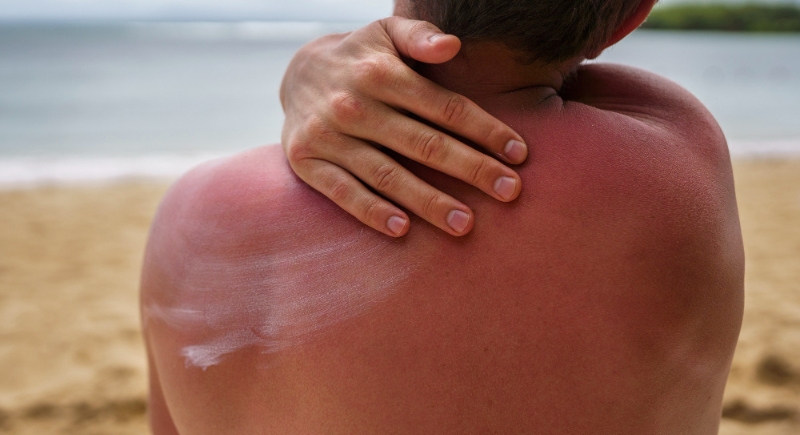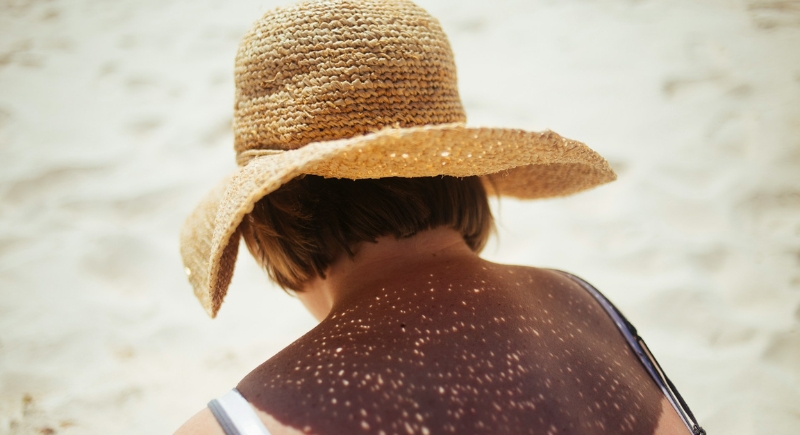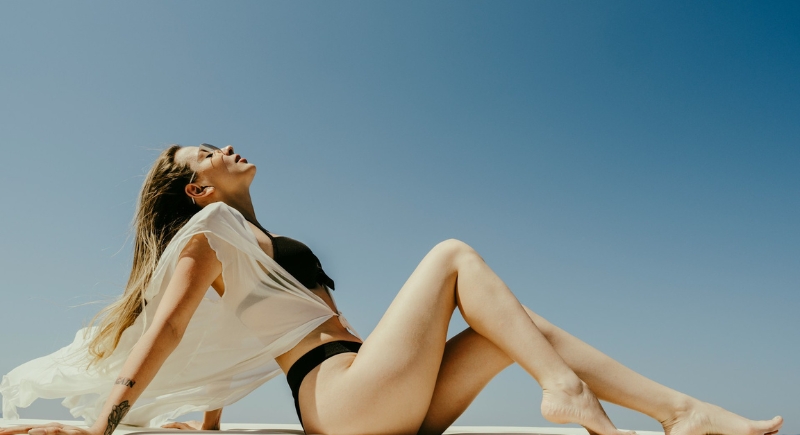Sunburn Remedies Every Tropical Traveler Should Know
Sunburn isn’t some badge of a good time. It’s an overexposure injury that comes with a stubborn hangover, and let’s not forget the pain, the peeling, the tight clothes that suddenly betray you. Depending on where you are, a proper fix isn’t always easy to find. But the truth is, it doesn’t take a pharmacy to recover from your trip.
What to Do First (and Why It Matters)

Image via FreePik
The faster you act, the less your skin suffers. That red flush is a sign that UV radiation has already done its job, and now the skin’s in damage control mode. Cool showers come first, just enough to bring the temperature down and calm the surface. Skip the soaps and loofahs, since anything scratchy or scented is going to turn a bad time into something worse.
Next is hydration, and from both directions. Drink water like it’s a sport. Apply fragrance-free aloe gel or a plain, alcohol-free lotion. If there’s inflammation, ibuprofen does more than ease the sting. It cuts swelling from the inside and gives your skin less to fight against while it repairs.
Skip the folklore, please, and do not use toothpaste or butter, and definitely no vinegar, unless you want to smell like a salad on a sun deck. There’s a reason dermatologists go back to basics when these things happen. Aloe vera, hydrocortisone cream, and over-the-counter anti-inflammatories have been vetted through.
Some travelers swear by chilled milk compresses. While it’s not glamorous, there’s protein in there that can settle irritation. If it’s on hand, it’s worth a shot. Still, anything that leaves a sticky film or seals the skin too tightly should wait until the burn is gone. That includes petroleum-based ointments, which can trap heat and make everything feel worse.
Don’t Rush Recovery

Image via Unsplash/Meg Sanchez
If there’s one thing a burn doesn’t need, it’s a sequel. Once you’re burned, your usual go-to beach outfits turn into torture devices. Ditch anything tight or synthetic. Fabrics like cotton or linen let the skin breathe and won’t press down on already-tender spots. UPF-rated clothing helps, too, especially if you still plan to be outside.
Remember that a bad sunburn isn’t something you push through for the sake of an itinerary. Skin needs time to recover, and forcing yourself back under the sun cuts into that time and can multiply the damage. But if you must, hats and sunglasses must become more than accessories and part of your new defense system.
Blisters still need to be left alone; no picking or popping. That’s how infection sneaks in, and a little sunburn turns into a medical appointment. The peeling will start independently because it’s your body’s way of shedding damaged layers. Moisturizer helps keep things under control, but exfoliants, scrubs, and strong acids should be avoided so you don’t slow the healing.
SPF alone doesn’t mean immunity. And honestly, reapplying every two hours matters more than the number on the bottle. Sweat, swimming, and long days outside wear these products off. Most people don’t use enough to begin with, and the areas that get skipped, like behind the ears or tops of the feet, are usually the ones that end up redder than the rest.
Broad-spectrum SPF 50+ should be standard for tropical trips. It covers both UVA and UVB rays, which cause burns and long-term damage. But sunscreen isn’t the whole plan. Shade is important, and so is timing. UV exposure peaks between 10 a.m. and 4 p.m. Beaches, boats, and reflective surfaces like water and sand double the impact.
You’re Only Human

Image via Unsplash/engin akyurt
No one plans for a sunburn. It’s usually a mix of ambition and distraction. Maybe you lost track of time at the beach. Maybe you trusted your base tan a little too much. Either way, once you’re burned, the focus has to shift to healing. Rest, shade, and hydration move things along. Everything else slows it down.